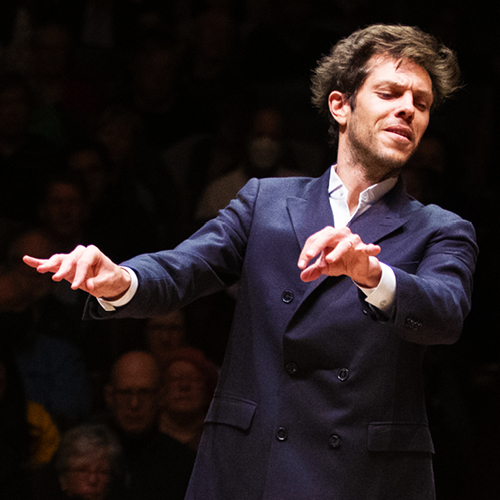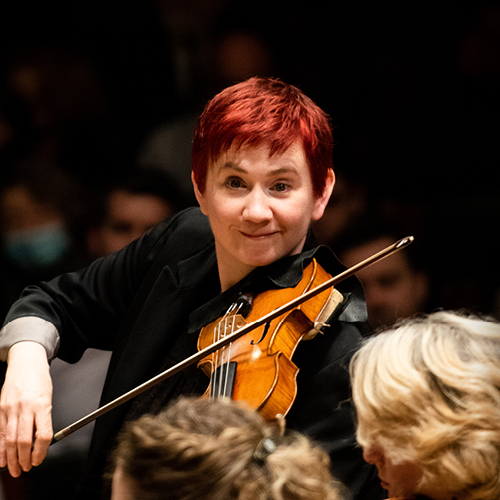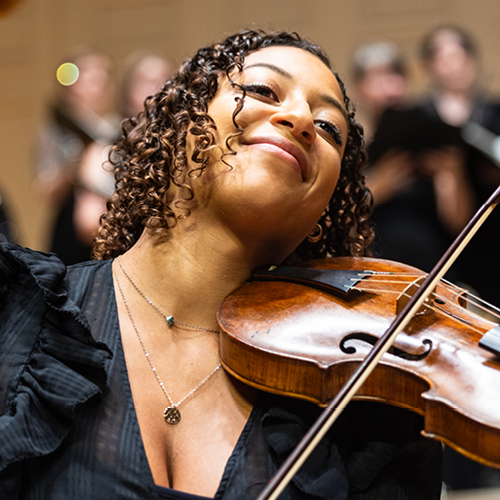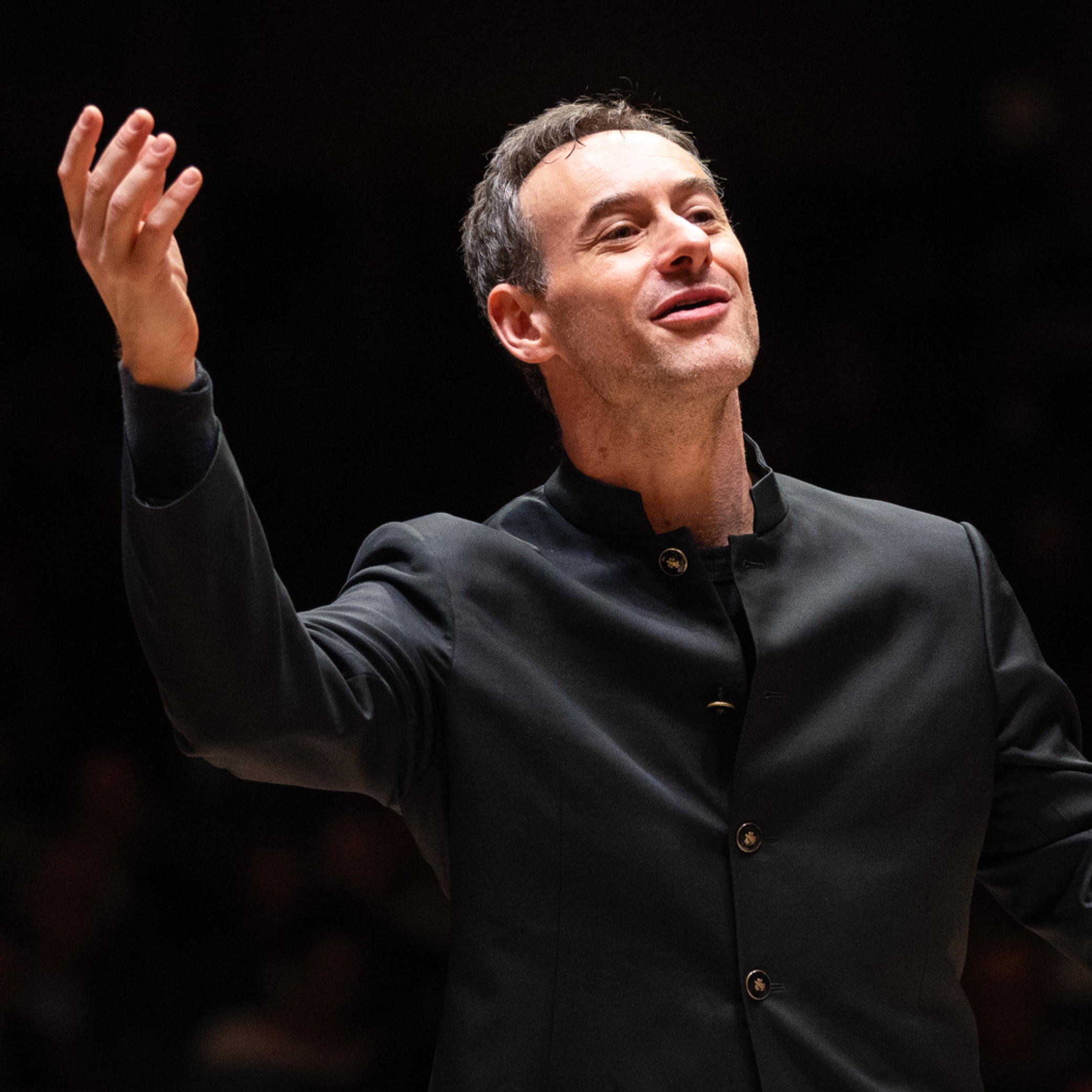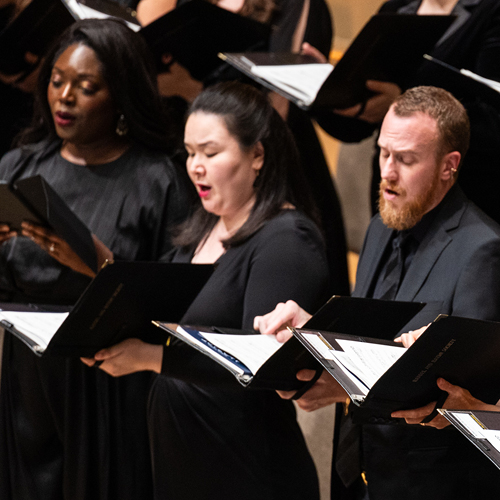Audiences are asking what semi-staged entails—is there a better description?
I think as a director, “semi-staged” just makes me bristle and laugh—but I like to think of projects like this as a way to put energy and focus into very different parts of opera, and craft a “new” art form that is not a fully produced opera, but also not just a concert. It hovers somewhere in between those worlds at its best.
For this concert—given the realities of having the orchestra onstage and visible as well as just logistical elements like rehearsal time being short—we consciously decided to focus on the scene work and dramatic character-building of the piece. Without set design and a full lighting design, Molly Irelan and I decided to focus on the creation of costumes to match that investment in character as well, and all of the props and elements of the show come “out of” that orchestral world. Irelan is a total genius with costume design, and most of what the audience will see was made by her specifically for this concert and for this cast while she’s been in Boston with me. So rather than semi-staging—I don’t like to think of myself as semi-directing, or Raphaël as semi-conducting, mainly—the “semi-staged” label means there is a bit of room here to invest in other elements of production and rehearsal, and then specifically NOT worry about a full typical design and production mode that would be similar to a proscenium opera house.
Please describe what audiences might expect to feel, or what you’re hoping they will come away with, after experiencing your unique production versus another Figaro.
The focus for me is on H+H’s incredible musicians making an opera with every musical component visible and combined. Instead of being in a pit, you see how the opera works, quite literally. I always think about seeing Figaro onstage, and often the orchestra isn’t visible at all. I think it’s quite exciting to see this piece with period orchestra—to see it being conducted, see which instruments are used in which arias and ensembles. It’s the only time I’ve ever experienced it like this myself. So I’ve tried to direct the scene work with an eye toward the source material and bring the incredible synergy between Mozart and DaPonte to the forefront in a way that is less about me having a revisionist “concept,” and more about me working with this cast to tell this story, to think about 18th-century theater and the balance of pathos and humor in the work.
What is at the essence of the meaning of Figaro for you? Have the events impacting our world over the past 2+ years affected how you’re conceiving of H+H’s Figaro?
There’s a really amazing recit for Marcellina in Act IV that we’ve kept—and I’m excited to see if audiences react to it as a pretty strong feminist manifesto that emerges in the final few scenes. To me, this is a piece that contains lightness and levity with some still-relevant serious depth and heart. Both feminism and class issues are deftly addressed in the work, and those themes are certainly still reasonant for us today. My goal with this was to not make it overtly, eye-rollingly obvious how the last two years especially illuminate these themes. We’ve tried instead to really tell this story, to honor and celebrate the piece, but also to have fun. We want to let the audience be able to be immersed in the work’s genius and make their own connections to their experiences of the world right now.
Why should audiences attend?
I think this is a unique opportunity to hear Le nozze di Figaro with this ensemble and hear what Raphaël has crafted with H+H musically, but also, I think of it as a kind of X-ray of the piece: a lab and experimental “reading” of the work to show how it is constructed. We play the scenes, and to me, it feels like we are conjuring them up. Also, as I said above, H+H has a fully original costume design now for this piece—Molly Irelan’s period-inspired gowns are pretty special and it is worth seeing how we are bringing these characters to life.

